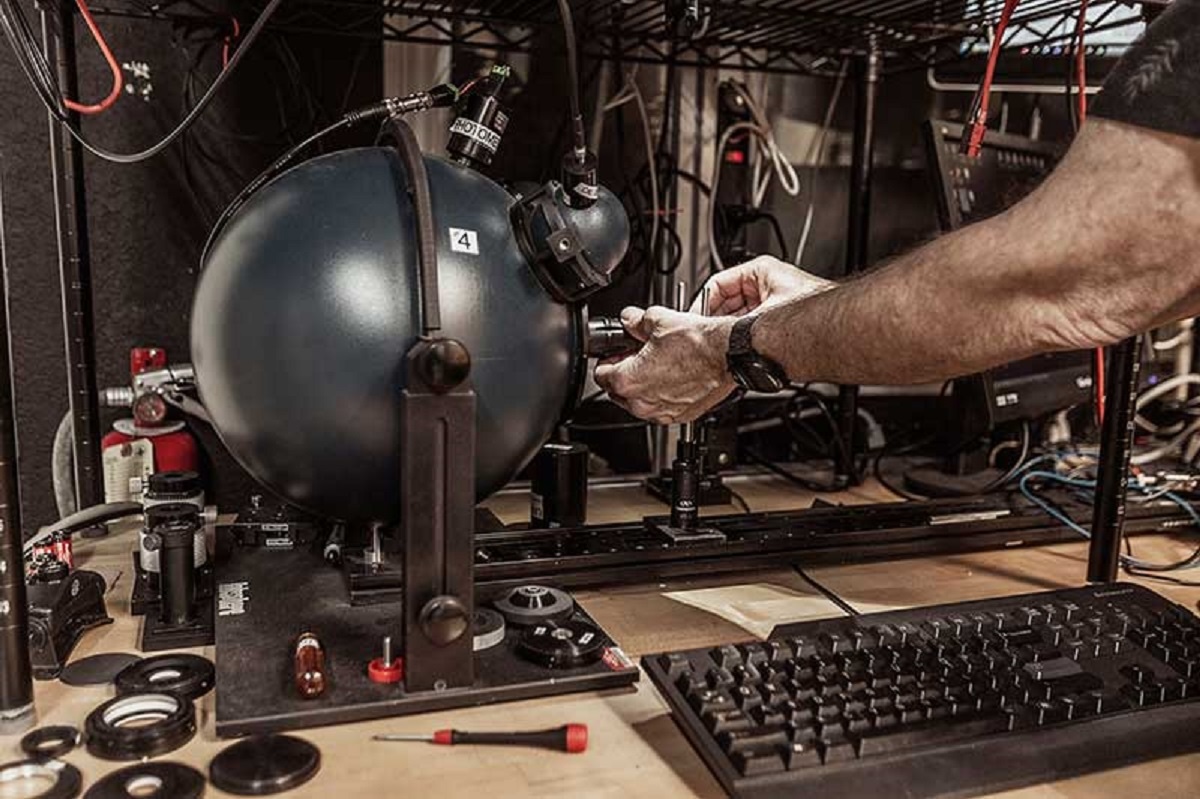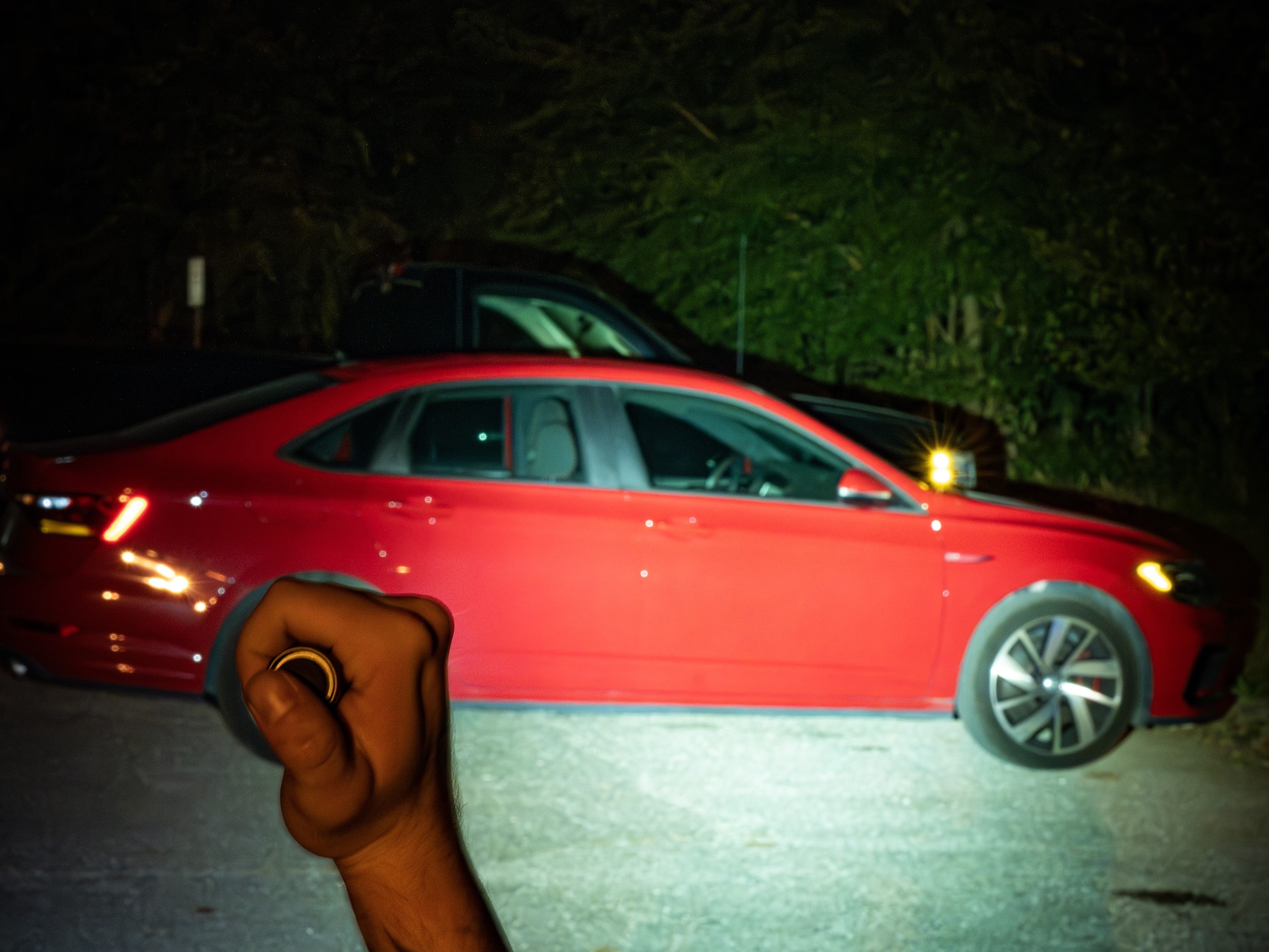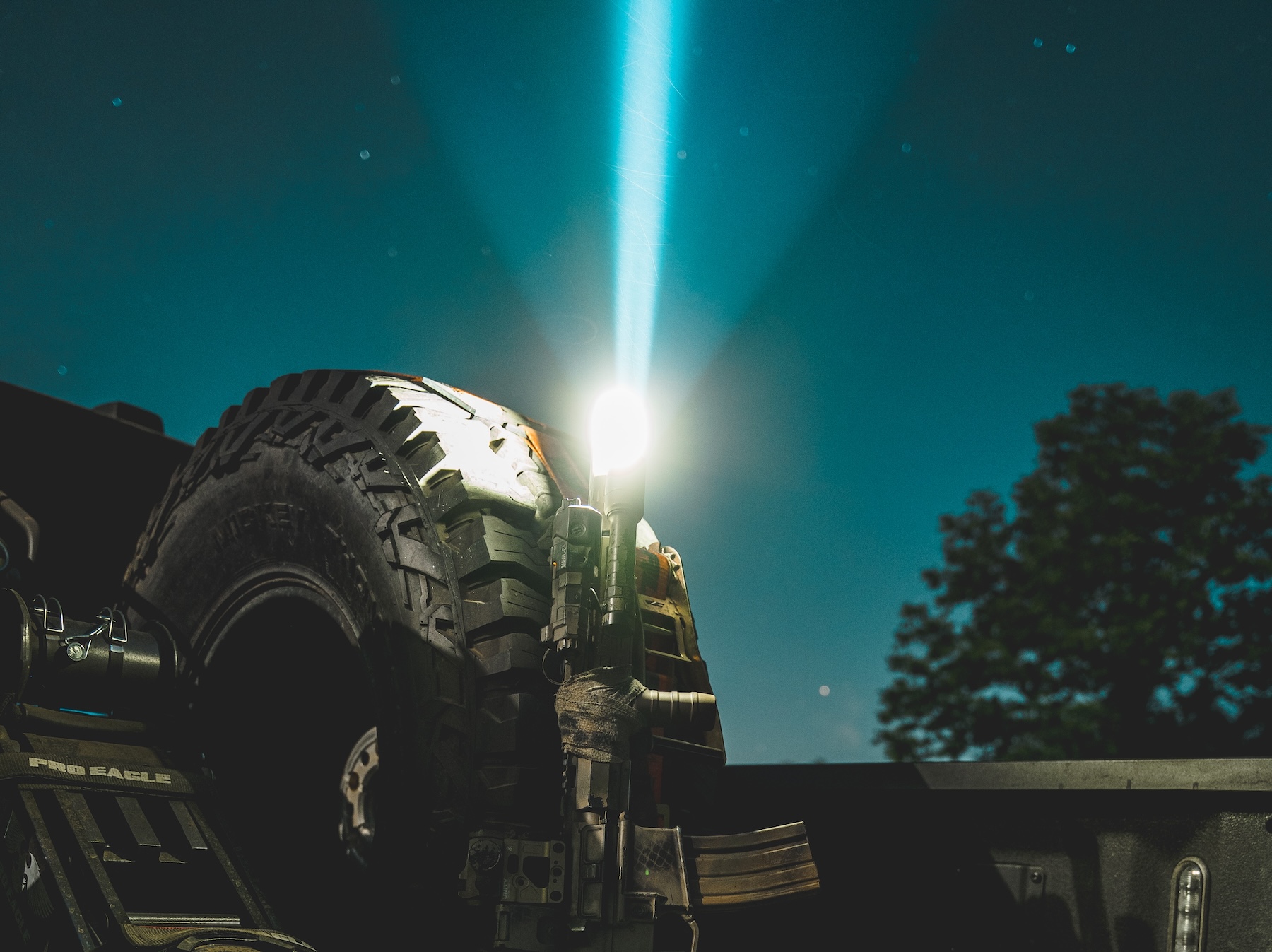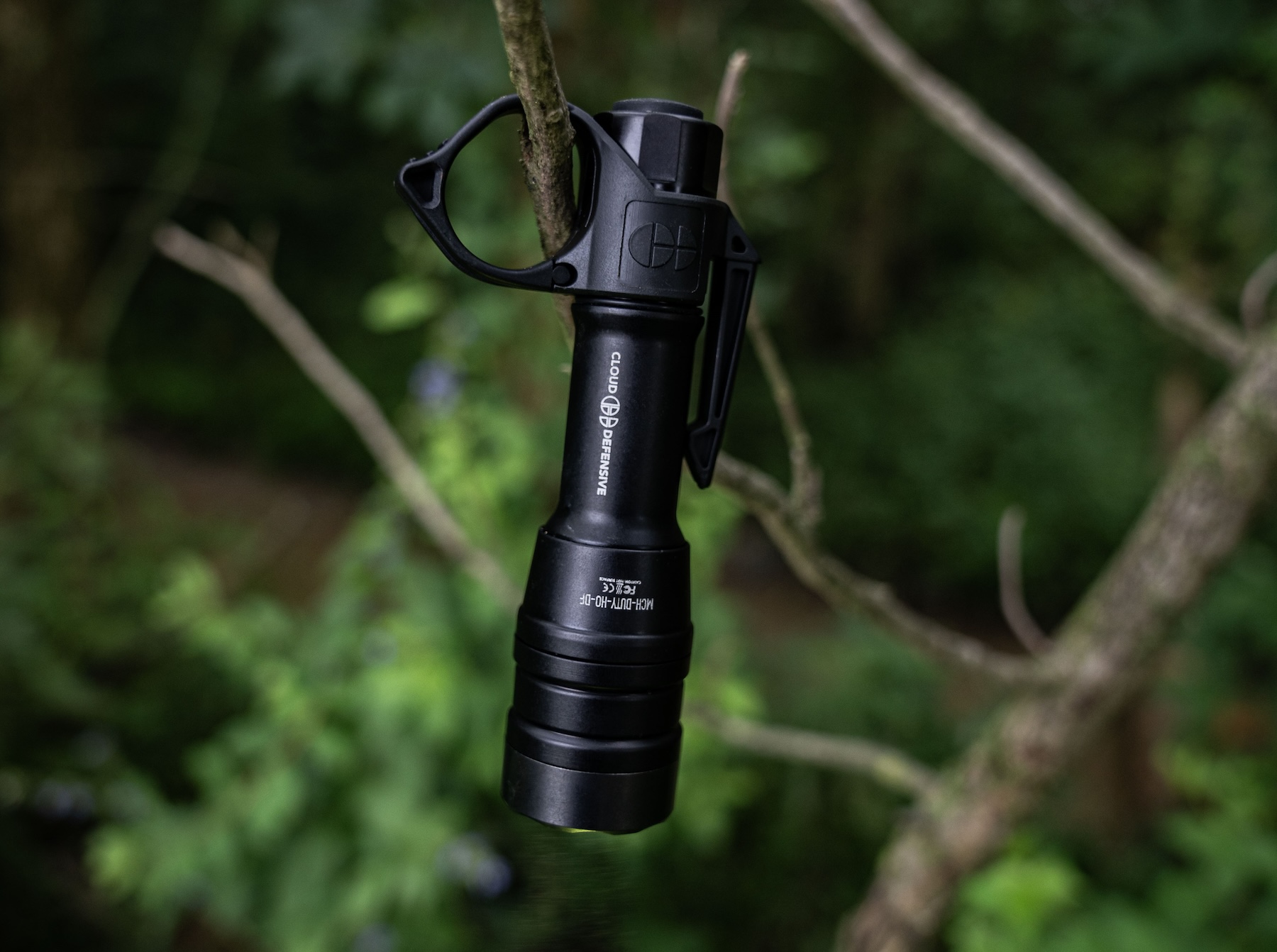
feat-Candela and Lumens
Lumens are a measure of the total amount of visible light emitted by a source. Candela is the measure of luminous intensity.
Lumens and candela are two terms often used to describe the brightness of a light source, but they have different meanings and applications. Both measure brightness, but just different aspects. Lumens measure the total amount of visible light emitted by a source in all directions, regardless of the direction or spread of the light. Candela measures the intensity of the light in a specific direction.
Candela is also related to candlepower. Now obsolete, candlepower was defined as the amount of light produced by a candle made from whale wax. In 1948, candela replaced candlepower as the official unit for luminous intensity in the International System of Units (SI). One candlepower is roughly equal to one candela, but candela is more precise and consistent.
Differences
Let’s look at some examples to understand the difference between lumens and candela. By necessity, this will get a bit technical at times, so bear with me.
A standard 60-watt incandescent bulb emits about 800 lumens of light, producing 800 lumens of light in all directions. However, this does not tell us how bright the bulb is in a specific direction or how far its light can reach. To measure that, we need to use candela. Candela is a unit of luminous intensity that tells us how much light a source emits in a particular direction. If we point the bulb at a wall and measure the brightness of the spot on the wall, we might get a value of 10 candela. This means that the bulb emits 10 candela of light in that direction.
Likewise, a flashlight may have a lower lumen output than a light bulb but a higher candela value. That flashlight may emit only 500 lumens of light, with a candela value of 1,000. It produces 500 lumens of light in all directions, but it concentrates its light into a narrow beam with an intensity of 1,000 candela. This makes the flashlight brighter than the bulb, allowing it to illuminate objects or people far away from it.

Lumens are measured using a device called an integrating sphere. All of the emitted light is collected and measured inside the sphere.
Math
Measuring lumens and candela involves a number called solid angle to tell us how wide the beam is. A solid angle is measured in steradians (sr), a unit of angle that describes how much of a cone covers a sphere. A narrow beam of light has a small solid angle, and a wide beam of light has a large solid angle. If we imagine a one-meter wide sphere and draw a cone from the source to the edge, the solid angle equals the area of the circle formed by the cone. A full sphere has a solid angle of 4π sr, and a hemisphere has a solid angle of 2π sr.
To calculate the lumen output of a light source, we need to multiply the candela value by the solid angle. For example, suppose we have a flashlight with 1,000 candela and a solid angle of 0.5 sr. In that case, we can find its lumen output by multiplying 1,000 by 0.5, which gives us 500 lumens. This shows us that two flashlights with the same candela value can have different lumen outputs depending on their beams’ width.

A very bright or focused light can create a visual barrier that hides what is on the other side. Higher candela helps to overcome that barrier.
Lumens and candela are not inversely related. A light source can have high lumens and candela if it emits a lot of light in all directions with a concentrated beam. That source could produce low lumens and low candela if it emits little light in all directions while spreading light over a wide area. A light source can have high lumens and low candela if it spreads a lot of light in all directions. A light source can have low lumens and high candela if it emits little light in all directions and concentrates its light into a narrow beam.
Lux
Lux is the amount of light, or more specifically, luminous flux per unit area, that reaches a target. One lux is equal to one lumen per square meter. Lux values are directly correlated to distance, orientation, and the environment.

Candela helps you see better at a distance while defeating photonic barriers, such as debris in the air, fog, smoke, and even other light sources. For officers, higher candela helps penetrate tinted windows.
Benefits
Knowing a light’s lumens and candela can help you choose the best one for your needs. Look for a high-lumen output if you need to illuminate a large area. However, if you need to see objects or people far away or want your light to be seen by others from a distance, you should look for a higher candela output.
A higher candela white light can also create or better penetrate intermediate light barriers. These are known as photonic barriers, and they occur when a light source is so bright or directional that it does not allow someone to identify objects or individuals on the other side. In law enforcement encounters, candela is important for defeating many photonic barriers. Candela also allows you to penetrate things like window tint, headlights, and streetlights.

More candela means a longer throw, and the distance before the beam becomes too dim. Two lights with the same candela value can have different lumen outputs depending on how wide their beams are.
Candela is also related to candlepower, an obsolete term for luminous intensity. Candlepower was originally defined as the amount of light produced by a standard candle made from whale wax. In 1948, candlepower was replaced by candela as the official unit for luminous intensity in the International System of Units (SI). One candlepower is roughly equal to one candela, but candela is more precise and consistent.

A light source can have both high lumens and high candela. Cloud Defensive’s new MCH-Duty-HO-DF flashlight shown has 1,800 lumens and 50,000 candela. And it has Thyrm’s SwitchBack flashlight ring.
Defensive Uses
A flashlight with high candela can serve as a defensive tool. Directing the intense beam of a high-candela flashlight into an assailant’s eyes makes it possible to temporarily blind or disorient them. This can give the officer a crucial advantage in reaction time and suspect control.
Closing
To sum up, it is important to understand the difference between lumens and candela when selecting a light. The desired balance will depend on the application.
RESOURCES:














